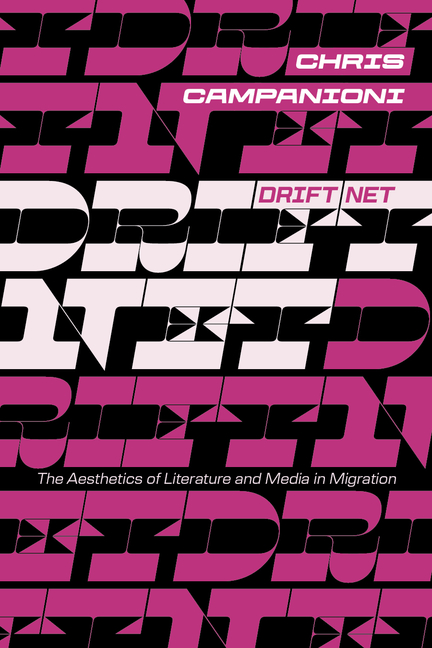Description
Through a model Campanioni calls a "migratory text," Drift Net advances a theory of literature and art born in translation that calls into question established theories of world literature, national literatures, literary periodization, and translation itself. Through an analysis of works born in translation and produced in passage, detention, and exile, Campanioni utilizes this model to read creatively across a wide range of social and political formations, from the experience of his parents' exiles to alternative housing initiatives and asylum reform efforts throughout Europe, including the largest LGBT+ refugee center in the world. Drawing on a mixed methodology of qualitative interviews with asylum applicants and shelter directors, textual analysis, and autoethnographic narrative, Drift Net traces literary developments alongside contemporary social and political interventions. This approach proposes interventions on the organizational levels of asylum, integration, public housing, and membership. It also marks the ways migrant creators have reformulated subjectivity through the same genres and modes that have contributed to their devaluation as minoritized subjects.
Drift Net both deepens and broadens our conceptualization of migrant literature, and recovers an understanding and application of transmedia that predates digital cultures. Campanioni offers a wide-ranging study of texts including Edward Said and Jean Mohr's After the Last Sky: Palestinian Lives, Edgar Garcia's Skins of Columbus, Anna Seghers's Transit, Francis Ponge's Soap, Walid Raad's The Atlas Group, Klára Hosnedlová's embroidered paintings, Reem Karssli and Caroline Williams's Now is the Time To Say Nothing, Cornelia Schleime's paper prints, and more. Drift Net formulates the "migratory" as a site of artistic production, resistance, and possibility, where theory is not an end but the beginning of tools and practices that might help researchers, instructors, and organizers to develop their strategies.
Product Details
- Jun 10, 2025 Pub Date:
- 1643150804 ISBN-10:
- 9781643150802 ISBN-13:
- English Language




